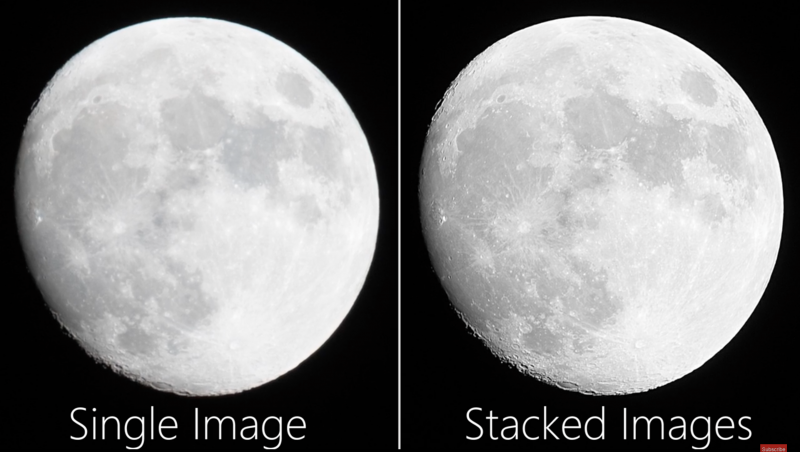
A supermoon is an astronomical phenomenon that occurs when the moon is at the closest point to the earth in its orbit while at the same time being in its Full Moon phase. The most super supermoon since 1948 will make its appearance Monday, with it’s best viewing – when it’s closest to the horizon – in the early morning. Supermoons occur every 14 moon cycles, when the full moon coincides with the perigee – when the moon is at the point in its elliptical orbit closest to Earth. This particular supermoon will be the closest in more than half a century and will be the biggest and brightest in many photographer’s lifetimes so far. Tony Northrup has made a video to help aspiring astrophotographers get their best shots of the moon.

His first recommendation is to shoot in manual mode, as your camera will want to balance the exposure which will result in a blown out moon. If you haven’t attempted this before, your first thought might be to put your camera on a tripod, but for a simple shot of the moon it’s not necessary because the moon is actually quite bright. All you need is a camera and the longest lens you own. Tony’s first example shot is taken with a Canon kit lens, the 18-135mm f/3.5-5.6 at 135mm. His settings were 1/60th at f/8, ISO 100. He’s using the lens’s image stabilization so as not to introduce camera shake into the image. If your lens has image stabilization, use it. Don’t forget to check your histogram to make sure no highlights are clipped – you want as much detail as you can get.

Aside from gear and technique, another important element to get the best possible moon photograph is planning. If you can be at a high altitude, it’s the best but sea level will also work just fine. Optimal weather is cold, with low humidity as these conditions produce the clearest skies. The moon will look the largest when it’s near the horizon. There are some great apps like The Photographer’s Ephemeris (Android, iOS, as well as desktop which is free) and Photopills (iOS) to help you plan to find the moon exactly where you want it. These apps are also fantastic for location scouting, among other things, to help you figure out where the sun will be at any time of day and from which direction it will be shining to better plan a shoot.
[REWIND:] ASTROPHOTOGRAPHY COMPOSITE | THE NUB IN ASSINIBOINE PROVINCIAL PARK {HOW I SHOT IT}
Finally, Tony shares some post processing techniques for moon photography – both compositing the moon into scenes and stacking shots to get the most detail in your moon photography. 

Watch the video to see how he does it, and find a link to free software for “astronomy nerds.”
Give it a try, and share your results in the SLR Lounge Facebook group!
Find more from Tony here
Supermoon Photography Summary Tips
- Use a long lens: a 70-200 is nice, 300+ is even better.
- Shoot in manual mode
- Start at your camera’s base ISO (usually ISO 100 or 200), a narrow aperture around F10 or 11, and a shutter speed of 1/100th
- Use a tripod for the best results
Are you planning on trying to catch a shot of this Supermoon? Let us know in a comment below!




Get Connected!